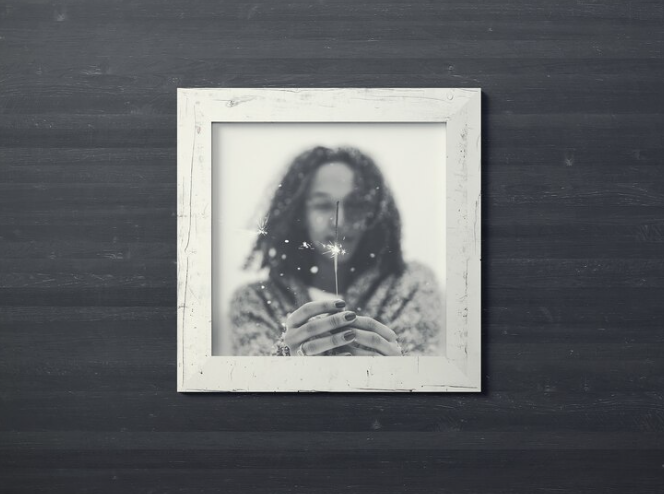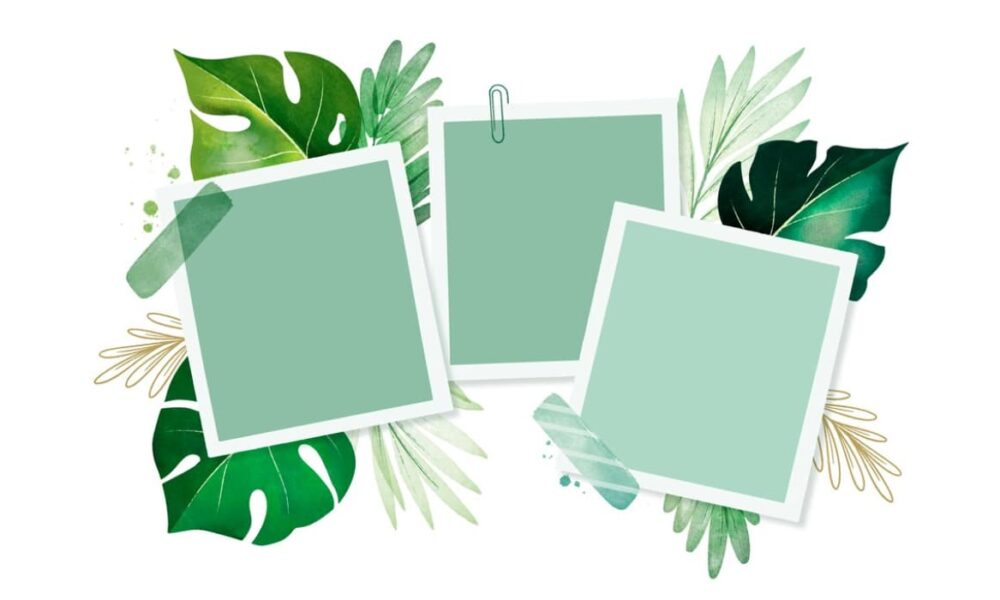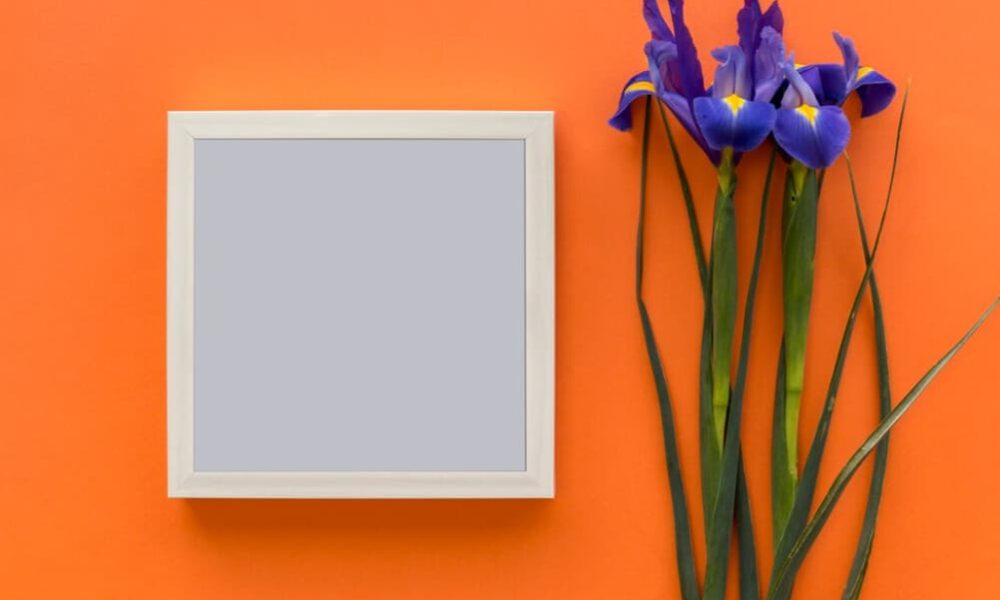8×8 photos offer a unique blend of quality, affordability, and versatility, making them ideal for a variety of display options, from frames to desks or shelves. But what does an 8×8 photo size mean in actuality? We delve into the specifics of the 8×8 print size, helping you to better appreciate and utilize this popular image format.
Decoding Standard Photograph Sizes
Traditional photographic print sizes typically vary from 4×6 inches to 5×7 inches, with larger formats such as 8×10 inches and 11×14 inches also popularly utilized. In the realm of digital photography, images are measured in pixels, with standard digital cameras producing images in the range of 1 to 2 million pixels. This level of detail often requires adjusting the image size before printing to ensure the final product meets quality standards.
Exploring the 8×8 Photo Frame Size

Surprisingly, the frame size for an 8×8 photo print is a bit unconventional compared to the more common 4×6 inch size. The actual dimensions for an 8×8 print are closer to 7.5×7.5 inches. Typically, the photograph itself is printed on a 5×5 inch piece of paper, allowing for a surrounding border that’s perfect for adding matting or for use in framing.
Choosing the appropriate frame for an 8×8 print requires thoughtful consideration of the frame’s dimensions, color, design, and any special features. For an 8×8 photograph, a frame measuring 10×10 inches is advisable, offering a balanced border for either matting or direct framing. A frame too small might crowd the photo, whereas one too large could overwhelm it, diminishing its intended impact.
Despite being smaller than the conventional photo sizes, 8×8 prints can make significant aesthetic contributions in various settings. They can be effectively utilized in several ways, including:
- Being showcased as individual art pieces on work desks or shelving;
- Being integrated into a gallery wall for an inventive visual compilation;
- Serving as elements in broader crafting or scrapbooking endeavors.
The dimensions of your digital image play a crucial role in the print’s visual quality. High-resolution images allow for the creation of large prints without sacrificing detail or clarity. On the flip side, images with lower resolution might not fare well in larger prints, appearing blurred or pixelated.
For an impeccable 8×8 print, initiating with a digital image of at least 1600×1600 pixels is recommended. This pixel count ensures that your print will be of high quality, with vivid, crisp details. If there’s any uncertainty regarding the resolution of your image, opting for a smaller print size might be wise to avoid potential quality issues. Remember, it’s possible to place an 8×8 print in a larger frame at a later date if desired, but resolving issues of quality loss in an already enlarged print is often not feasible.
Choosing Frames For An 8×8 Photo

An 8×8 photo, being larger than a standard 4×6 photo, ideally fits into a frame that’s at least ten by twelve inches. A frame smaller than this can overpower the photo, compromising its aesthetic appeal. While custom frames are an option, they could strain your budget.
When planning to hang your 8×8 photo on the wall, assess the amount of available space. Considering that an 8×8 photo spans two square feet, it is vital to ensure adequate spacing around the photo to prevent it from appearing cramped or overlooked.
Several frame designs can enhance the appeal of your 8×8 photo:
- Collage frames for showcasing related photos;
- Poster frames for displaying large photos or artworks;
- Shadowbox frames for three-dimensional objects like heirlooms or medals;
- Floating frames that create an illusion of your photo floating on the wall;
- Digital frames that use an LCD screen for rotating photo selections;
- Document frames designed for documents, certifications, and awards.
Selecting The Size of an 8×8 Photo
Choosing the appropriate photo size significantly affects its aesthetic appeal and presentation. The table below offers a comparative analysis of different size indicators, aiding you in deciding the ideal dimensions for an 8×8 photo.
| Size Option | Aspect Ratio | Print Quality | Viewing Distance | Suggested Use |
|---|---|---|---|---|
| 8×8 inches (Standard) | 1:1 (Square) | High | Close | Artistic prints, Instagram-style photos |
| 6×6 inches | 1:1 (Square) | Medium | Close to Moderate | Gift prints, photo albums |
| 10×10 inches | 1:1 (Square) | Very High | Close | Wall display, focal point |
| 8×10 inches | 4:5 (Portrait) | High | Moderate to Far | Portrait photography |
| 8×12 inches | 2:3 (Standard) | High | Moderate to Far | Landscape photography |
- Size Option Description: This category delineates the various dimensions available for photo prints, with 8×8 inches being the benchmark size in this analysis;
- Aspect Ratio Explanation: This term refers to the ratio of width to height in a photograph. A 1:1 (square) aspect ratio denotes that the photograph’s width and height are identical, creating a square shape;
- Print Quality Assessment: The designation “High” conveys superior print quality with exceptional detail and clarity, “Medium” indicates a satisfactory level of quality, and “Very High” signifies outstanding resolution and sharpness in the print;
- Viewing Distance Guidelines: This category suggests the ideal distance for viewing the photograph, depending on its size. “Close” means it should be viewed from a short range, “Moderate” recommends a middle range, and “Far” suggests that the photograph can be appreciated from a longer distance;
- Recommended Applications: This section provides suggestions on the most suitable uses for each print size, ranging from decorative art pieces and personal albums to focal points in a room or for specific types of photography, thereby maximizing the photographic content’s visual impact.
Always remember, that the perfect size ultimately depends on your personal preferences, the photo’s intended use, and the available display or framing space. While larger prints typically serve as focal points, smaller sizes might be more suitable for cozy settings or as gifts.
Demystifying the Wallet-Size Photo
A wallet-size photo primarily measures 2.5 by 3.5 inches. It’s a miniature photograph that can be conveniently carried around in a wallet. Wallet-sized photos serve as ideal gift items, calling cards, or part of school photo packages. To print a wallet-sized photo, simply select the “wallet-size” option when printing your photos. You can also choose to have your photos printed on special multiple-prints-per-sheet paper.
FAQ
You’ll need a frame that’s at least ten inches by ten inches. Anything smaller than that and the frame will overwhelm the photo.
You’ll need a frame that’s at least ten inches by ten inches. Anything smaller than that and the frame will overwhelm the photo.
An eight-by-eight photo is two square feet.
An eight-by-eight photo is large enough to make a statement, but not so large that it’s unmanageable. It’s a great size for a wide variety of uses.
You’d need a printer that can accommodate that size. Many newer printers have this capability. If not, consider a local print shop or print on a larger sheet of paper and then trim the photo down to the desired 8×8 size.
An 8×8 photo measures 8 inches by 8 inches and is square-shaped.
Yes, you can crop a standard photo to make it 8×8 by using photo editing software or selecting the appropriate print size when ordering prints.
Conclusion
In conclusion, the 8×8 photo size offers versatility that accommodates a multitude of uses. Despite being smaller than standard photographs, it’s capable of making a profound statement. Whether it’s for personal use or a gifting option, an 8×8 photo strikes the perfect balance between functionality and manageability. If you’re exploring different photo sizes, give the 8×8 photo a try – you’re likely to be pleasantly surprised.
